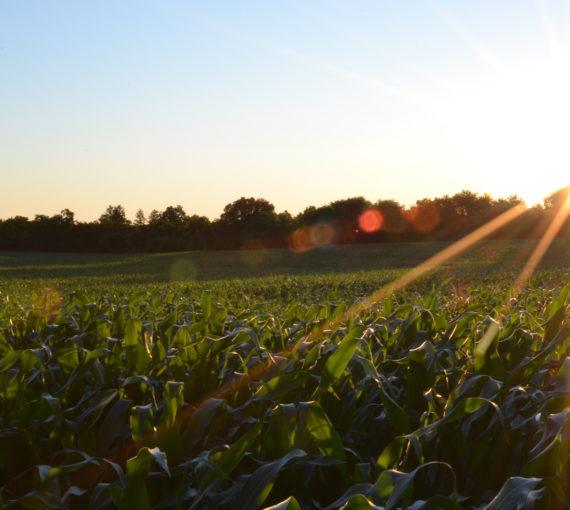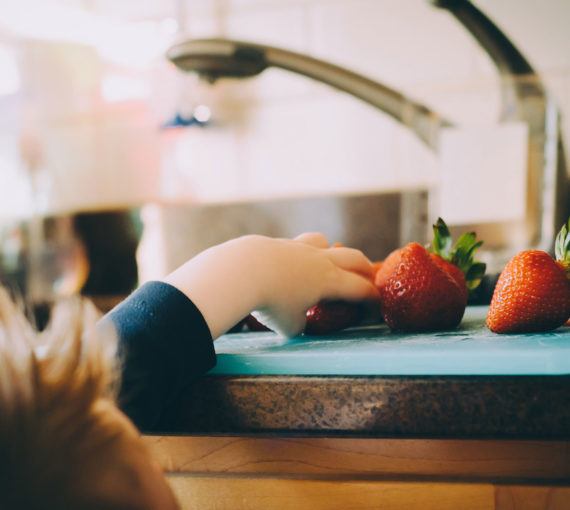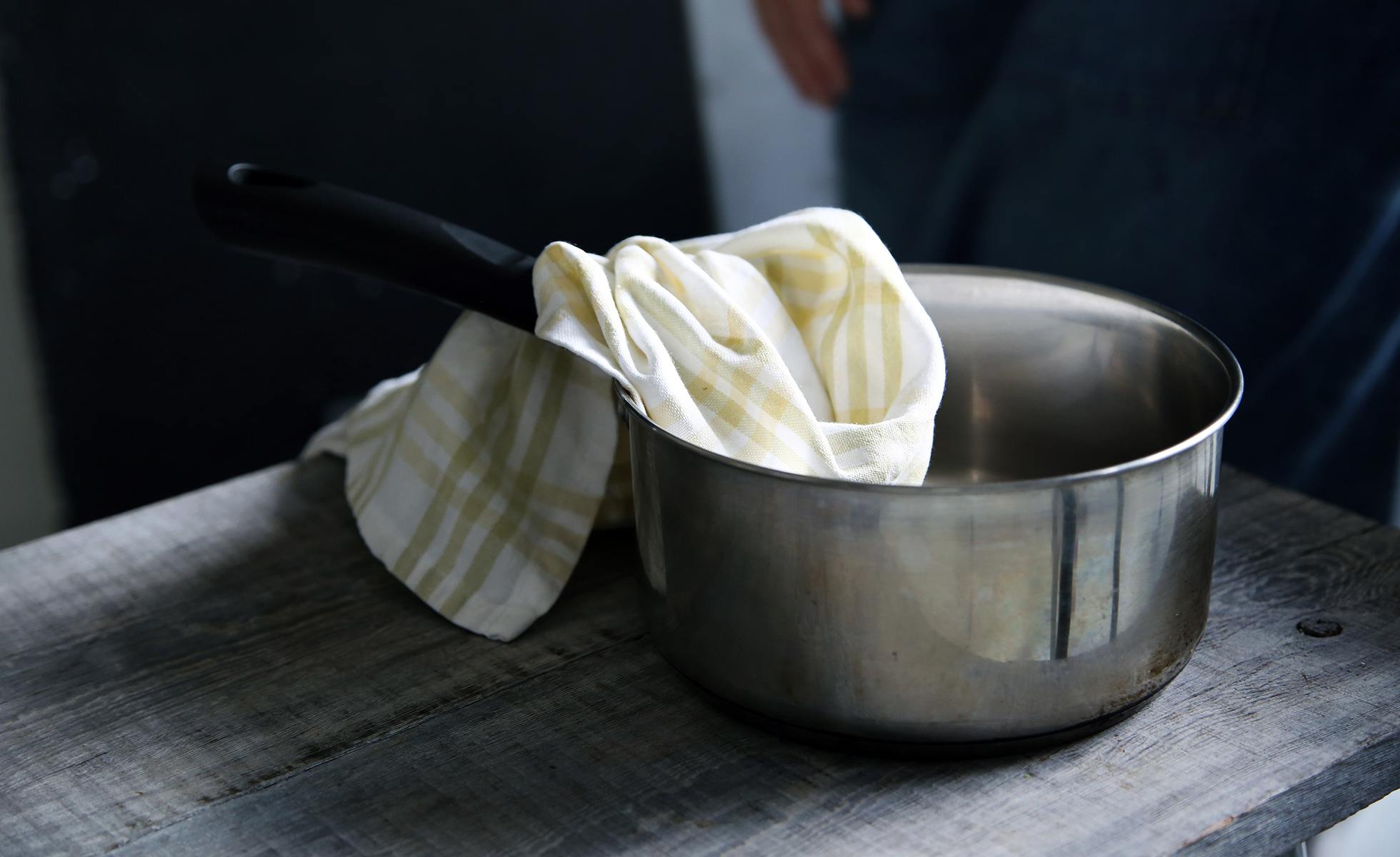
Stainless steel is an eco-friendly alternative to non-stick kitchen tools. It doesn’t release toxins into the air like most non-stick coatings. It’s also recyclable!
In today’s fast-paced world, we often find ourselves rushing around, preparing meals with the latest gadgets and cookware, without giving much thought to whether we’re choosing eco-friendly kitchen tools. Remember what David Suzuki says: “When we forget that we are embedded in the natural world, we also forget that what we do to our surroundings we are doing to ourselves.” Many convenience kitchen products contain toxic chemicals that can harm our health.
Make environmentally conscious choices that benefit our planet and your culinary creations. Discover eco-friendly cookware alternatives that are safe, sustainable and durable — and learn how to use them to get the best results.
Avoid toxic non-stick cookware
Cookware with chemical non-stick coatings like Teflon are staples in many kitchens. They’re convenient and easy to use. But do their risks outweigh the rewards?
History of Teflon
Discovery of the first non-stick technology was an accident.
In 1938, scientists at chemical company DuPont were researching refrigerants. Chemist Roy Plunkett set up a mixture meant to produce tetrafluoroethylene gas and left it overnight. When he returned the next morning, he found a white, waxy material instead of the expected gas. This new slippery substance was polytetrafluoroethylene (a.k.a. PTFE). DuPont trademarked the process and chemical as Teflon in 1945. In 1956, French engineer Marc Gregoire found a way to bond PTFE to aluminum and created the first non-stick cookware.
Today there are thousands of related chemicals, broadly known as PFAS (per-and polyfluoroalkyl substances).
Many industries — aerospace, electronics, architecture and others — use PFAS. It’s still in our cookware. Though Teflon claims it’s one of the most valuable, versatile technologies invented, it doesn’t come without risks.
Teflon and other non-stick chemicals are bad for you and not eco-friendly
Perfluorooctanoic acid (a.k.a. PFOA) was a key chemical in Teflon. It has been phased out of Teflon products since 2013 — even before Canada banned it altogether.
Canada has banned a handful of chemicals in the PFAS class (e.g., PFOA and PFOS) because of possible environmental and health risks. That’s a good thing. PFOA is a suspected carcinogen and hormone disrupter. PFAS don’t break down in the environment. They accumulate over time and can build up in the bodies of humans and wildlife. They’re often referred to as “forever chemicals.”
Even though it’s no longer used in manufacturing, almost all — 95 per cent! — of people have PFOA in their blood, including newborns. It’s also turned up in marine animals and polar bears.
When non-stick coatings like Teflon are scratched or damaged, they can release toxic fumes. These can harm humans and animals and contribute to air pollution.
Though some PFAS are banned, industry continually develops new ones. Replacements might not be any better. They may have similar risks to the well-studied substances now banned. The regulatory process can’t keep up.
In May 2023, the federal government finally announced plans to regulate all PFAS as a class to “reduce the chance of regrettable substitution.” This is welcome. But as of October 2023, regulations to get this class of chemicals out of our kitchens have yet to be published.
In the meantime, avoid products and kitchen tools coated with non-stick chemicals. Beyond cookware, these include some types of dental floss, microwave popcorn bags, windshield cleaning solution, stain-resistant and water-repellent fabrics — even some pizza boxes. Some products may appear safe but have non-stick inserts, such as rice cookers and air fryers.
Buyer beware: products that claim to be free of banned chemicals might contain other, unregulated ones. Look for products that are PFAS-free.
Want to ditch your scratched-up non-stick frying pan? First check your city’s recycling guidelines or call its recycling hotline. Old non-stick pots and pans can’t go in your blue bin. Chances are you’ll need to drop them off at a depot that accepts scrap metal.
Eco-friendly cookware alternatives
Choose cookware made of these materials:
- Stainless steel is non-reactive — it won’t interact with food or change the taste. It’s also easy to clean and durable.
- Carbon steel is durable, versatile and high heat tolerant.
- Glass is versatile, easy to use, and won’t absorb flavours or odours.
- Ceramic is made from eco-friendly materials, free from harmful chemicals, non-reactive, versatile and non-stick.
- Granite is non-stick, durable, rust-resistant, high heat tolerant and easy to clean.
- Cast iron is long-lasting, high heat tolerant, durable and versatile.
If you have an induction stovetop (a great way to remove fossil fuels from your home!) you’ll need to use induction cookware such as cast iron or stainless steel.
How to make your pans non-stick without toxic chemicals
Folks are drawn to non-stick cookware because it’s marketed as easy to use and clean. But if you learn how to master your stainless steel, carbon steel or cast iron pots and pans you won’t have to worry about food sticking and they’ll last longer.
Stainless steel:
- Preheat the pan. Allow it to achieve medium to medium-high heat before adding oil or food.
- Use sufficient fat or oil.
- Control heat. Stainless steel conducts heats fast, so check and adjust temperature as needed. Lower the heat if you notice food sticking. Let it sear or brown before flipping or stirring.
- Deglaze the pan. If food starts to stick, add a small amount of liquid (broth, wine or water) to the pan while stirring to loosen the stuck bits. This helps release the food and makes it easier to clean the pan.
Cast iron and carbon steel:
- Season the pan. Seasoning creates a natural non-stick surface on cast iron. Follow manufacturer’s instructions. If you don’t have any (say because you got your pan at a thrift store), follow these steps. Preheat the oven to 190 C (375 F). Clean the pan thoroughly. Apply a thin layer of vegetable oil to the entire surface, including the bottom and the handle. Place the pan inside your oven upside down on the rack. Bake for one hour. With cast iron, you may need to repeat this process a few times to build up a good seasoning layer. You may also need to do regular maintenance seasoning.
- Use enough fat or oil. This helps prevent sticking and, as you keep using the pan, makes it more non-stick.
- Preheat the pan. Ensure the pan is properly heated before adding food. This helps create a barrier between the food and the pan’s surface, reducing the chances of sticking.
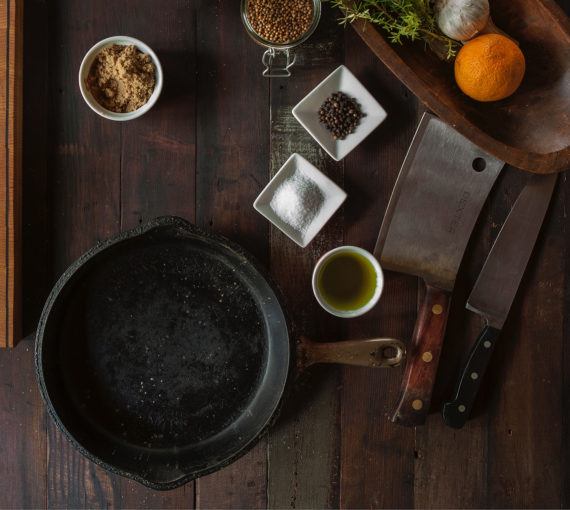
How to clean cast iron cookware
Never, ever wash cast iron with soap! This will remove all your seasoning and food will stick. Instead, simply wipe clean or scour with hot water and coarse salt for messy jobs. Dry it well to prevent rust. Place the cleaned pan back on a warm burner for a few minutes to ensure it’s completely dry.
Explore the flavours of history
Many cultures have a rich history of kitchen tools made of eco-friendly materials, often chosen for sustainability, durability and unique properties.
- Molcajete and tejolote are the traditional Mexican version of mortar and pestle. Typically made from volcanic rock, such as basalt, they’re used for griding spices, herbs and making salsas and guacamole.
- Clay pots come from all over. The Moroccan tagine is one example. It’s used for slow cooking stews, roasts and other dishes in many Northern African countries. The clay gives food a distinct flavour.
- Chopsticks are a staple in many Asian cuisines. They’re often made from bamboo, wood or other eco-friendly materials.
- Bamboo steamers are commonly used to steam dumplings, buns and other dishes. They originate from China and Southeast Asia.
- Traditional woks are made from carbon steel, an extremely durable eco-friendly material. Used for stir frying and other cooking techniques common in Chinese and Southeast Asian cuisines.
- A tortilla press, or tortilladora, is often made from wood or cast iron. It’s used to flatten and shape masa dough into tortillas. It comes from Latin America.
Remember: Many kitchen tools hold immense cultural significance. Whenever possible, get them from local artisans, specialty shops or cultural markets.
Is silicone eco-friendly and safe?
Health Canada says, “Silicone rubber does not react with food or beverages, or produce any hazardous fumes.”
Silicone is a synthetic rubber that contains bonded silicon and oxygen. Bonded silicon is abundant in sand and rock. Silicone bakeware is heat-resistant and safe for the oven and freezer. It doesn’t change flavours or release odours that might affect food quality.
It’s believed to have low toxicity and thermal stability. It’s also non-stick and relatively easy to clean. One safety tip: Use food-grade silicone products at recommended temperatures — not above 220 C (428 F).
Silicone bakeware can be reused. It may be a suitable alternative to disposable single-use materials like plastic, tin foil, parchment paper and wax paper. (Check options where you live. Some of those can be recycled or composted in some places and may be a better choice.)
Silicone is a safer alternative to non-stick cookware treated with PFAS and plastic. But limit its use. It doesn’t biodegrade and can’t be recycled, so it’s not an entirely eco-friendly solution.
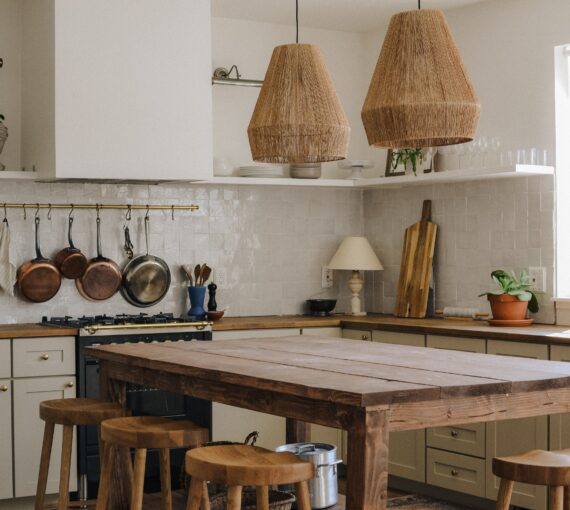
Make yours an eco-friendly kitchen
- Choose durable, long-lasting items that won’t need replacing often.
- Consider buying second hand.
- Properly maintain and care for tools to extend their usefulness.
- Repair before replacing. Many kitchen can be fixed. See if a new part is all that’s needed.
- Recycle or repurpose what gets broken and can’t be repaired, if possible.
- Donate what you don’t use — if in good condition — to local shelters, organizations or thrift shops.
Nine other eco-friendly kitchen tools:
- Avoid plastic cooking utensils and cutting boards. They can leach harmful chemicals like BPA. Use wood, bamboo, stainless steel or silicone instead.
- Opt for aluminum, stainless steel, ceramic or glass measuring cups, measuring spoons and funnels instead of plastic.
- Ditch disposable plastic wrap. Use reusable beeswax or soy wax-coated food wrap instead.
- Swap plastic food storage bags for reusable ones made of silicone, beeswax or BPA-free plastic. (You can even sous vide in silicone!)
- Never recycle another glass bottle or jar. Their re-uses are endless. They’re easy to wash (dishwasher-friendly), have an air tight seal, freeze well and don’t leach toxics.
- Choose glass or ceramic food storage containers instead of plastic. They’re oven-, microwave- and dishwasher-safe.
- Invest in cloth napkins, towels and produce bags.
- Try reusable cloth or stainless steel mesh coffee filters. (Metal discs are available for press coffee makers too!)
- Invest in a good water filter to limit your need to purchase bottled water.
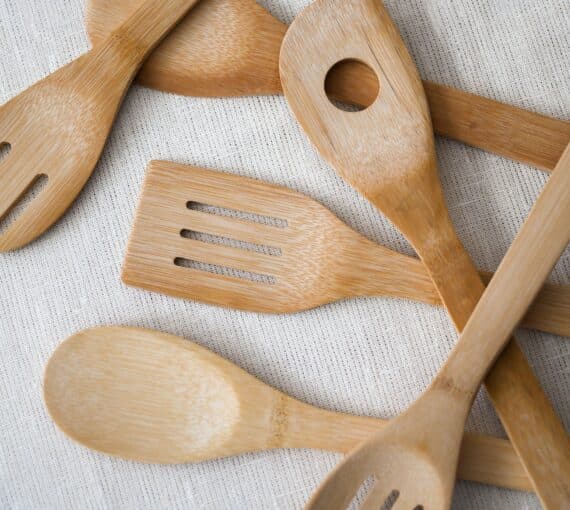
How to clean and care for wooden kitchen tools
Without proper care, wooden kitchen tools (cutting boards, utensils, etc.) can warp, split and break.
- Always hand-wash. Do not soak. Do not put in a dishwasher. Gently scrub with a sponge and eco-friendly soap. Rinse and dry thoroughly with a dish towel. Stand cutting boards to dry.
- To deodorize, make a paste of kosher salt and lemon juice. Apply the paste to the wooden object. Let it dry. Gently scrape it off. Rinse and dry.
- To extend the life of a cutting board and prevent cracks, splits and warping, oil and wax it monthly. Apply an even coat of food-safe mineral oil. Let the board stand upright overnight or for several hours. Wipe off excess oil. Apply a food-safe wax to seal the oil in the board.

